I have been looking everywhere for this answer. To me it seems like an obvious question, however, the answer has eluded me.
My current setup is, I have redis, mongodb and two api servers on the same bridge network. The first server serves as a gateway api that does all the auth, and exposes certain api calls. The backend api is the one that handles all the db interactions and data munging. If I hit the backend (inner) api alone, I am able to see the contents (this api would not be exposed in real production environment). However, if I make the same request from within the gateway api, I am not able to hit the backend (inner) api that is also part of the bridged network I created.
Below is a diagram of the container interactions.
